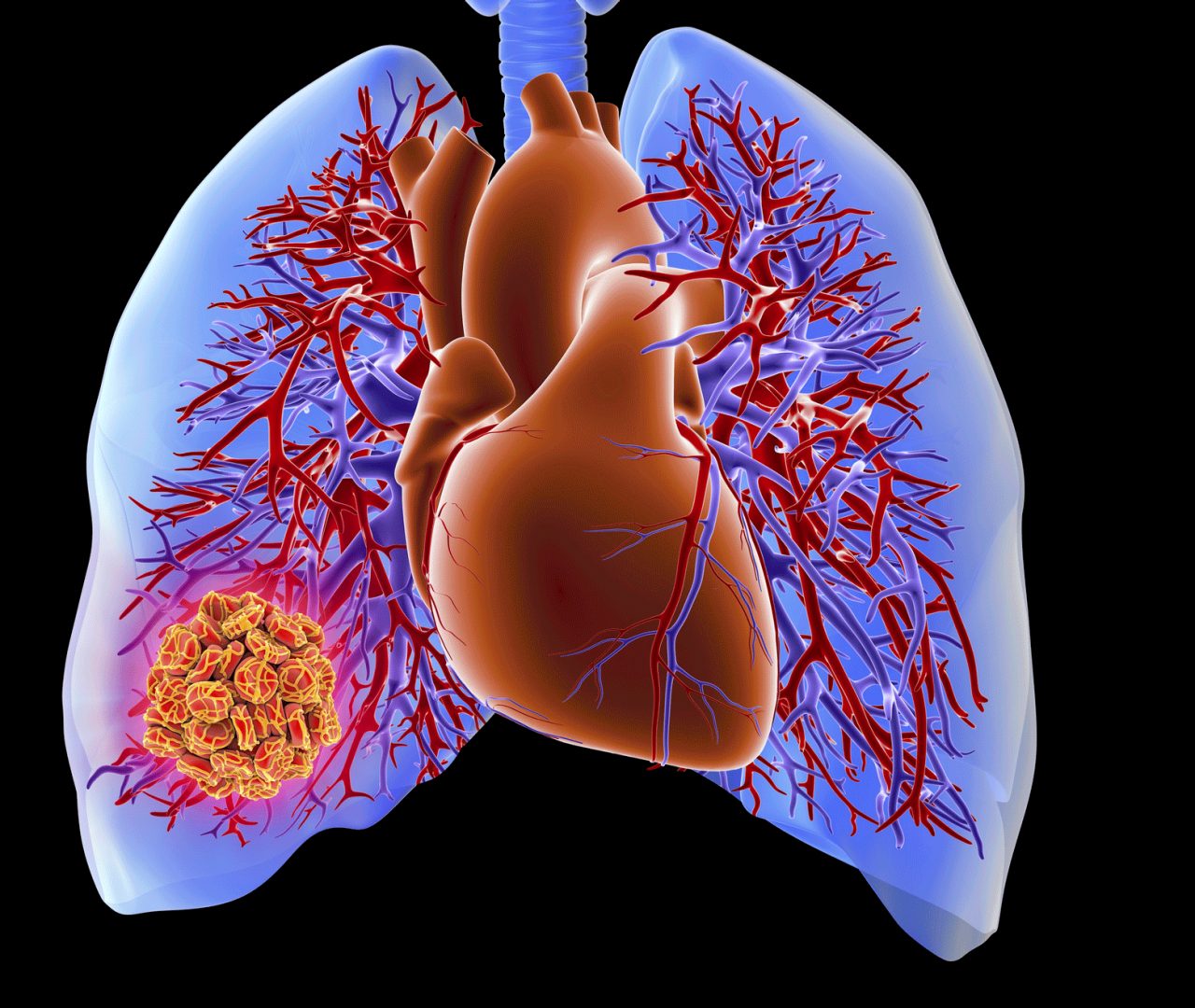Pulmonary Embolism Symptoms

Pulmonary embolism symptoms occur when a blood clot travels, often from a leg, to a lung artery. The condition can damage your lungs and even threaten your life.
What is a pulmonary embolism?
Ordinarily, when you get a cut on your finger, it soon stops bleeding. That’s because your body has a mechanism to stop bleeding, called clotting. Your body regularly makes blood clots and breaks them up.
Sometimes a clot develops where it isn’t needed and isn’t broken up as it should be. Instead, the clot travels through your blood to the artery leading to your lungs, where it blocks blood flow.
That’s a pulmonary embolism (PE).
Most often the clot first develops in a deep vein in a leg, a condition called deep vein thrombosis.
YOU MIGHT ALSO LIKE: What Is a Pulmonary Embolism?
What are the symptoms of a pulmonary embolism?
The symptoms of a pulmonary embolism can vary greatly from one person to the next. They will depend on the size of the embolism and the condition of your heart and lungs.
It’s most common to feel sudden shortness of breath. You might have chest pain as you breathe and feel anxious, dizzy, or about to faint. Your heart might beat irregularly or could be racing. Some people cough up blood. You might sweat and suddenly have low blood pressure.
Several conditions could cause pulmonary embolism symptoms, so you may need several tests for a diagnosis.
Your doctors will be more likely to suspect a PE if you also have signs of DVT. Tell your doctor if one of your legs has been sore, red, swollen, and painful, even if the pain occurs only when you stand or walk.
What are the risk factors for a pulmonary embolism?
- A family history of blood clots is a big risk factor, since certain genetic conditions increase the risk that they will form.
- People sometimes develop DVT after surgery or injury to a leg.
- If you have been inactive for many hours or days — sometimes when recovering from an illness or surgery, or you have been on an extra-long plane flight or drive — you are at more risk of DVT.
- Older people and cancer patients are at more risk.
- Heart failure, chronic obstructive pulmonary disease (or COPD), high blood pressure, stroke, and inflammatory bowel disease are risk factors.
- Birth control pills and hormone replacement therapy raise your risk.
- Women are at more risk during and after pregnancy.
- Obesity, varicose veins, and cigarette smoking are also risk factors.
How is a pulmonary embolism treated?
If you are in danger, you may receive fibrinolytic therapy, medicine given intravenously to break down the clot. Very rarely, a large clot can be surgically removed.
It is important to prevent future unneeded clots.
You might be offered anticoagulants, also called blood thinners. Warfarin and heparin are common choices. Aspirin is also a blood thinner.
If blood thinners aren’t advisable for you or don’t prevent more clots, you may receive a vena cava filter, a small metal device placed in a blood vessel near your heart that will prevent a clot from reaching your lungs.
What are the complications of a pulmonary embolism?
Once you begin to take blood thinners, the correct dosage becomes important. There is a risk that you will bleed too much (a surface wound should stop bleeding after 10 minutes of pressure).
You may be bleeding within your digestive system if you have abdominal pain or see bright vomit or vomit that looks like coffee grounds, or if you see bright red blood in your stool or have black, tarry stools.
You may be bleeding in your brain if you have a severe headache, sudden change in vision, a loss of movement or feeling in your legs or arms, or sudden memory loss or confusion.
Report these symptoms to your doctor immediately.
How to prevent a pulmonary embolism
Preventing DVT is essential. You can do that by exercising regularly, losing extra weight, and not smoking.
Your doctor might recommend compression stockings or a pneumatic compression device, a sleeve connected to a machine that provides alternating pressure on your legs to keep blood moving.
Updated:
October 06, 2022
Reviewed By:
Janet O'Dell, RN